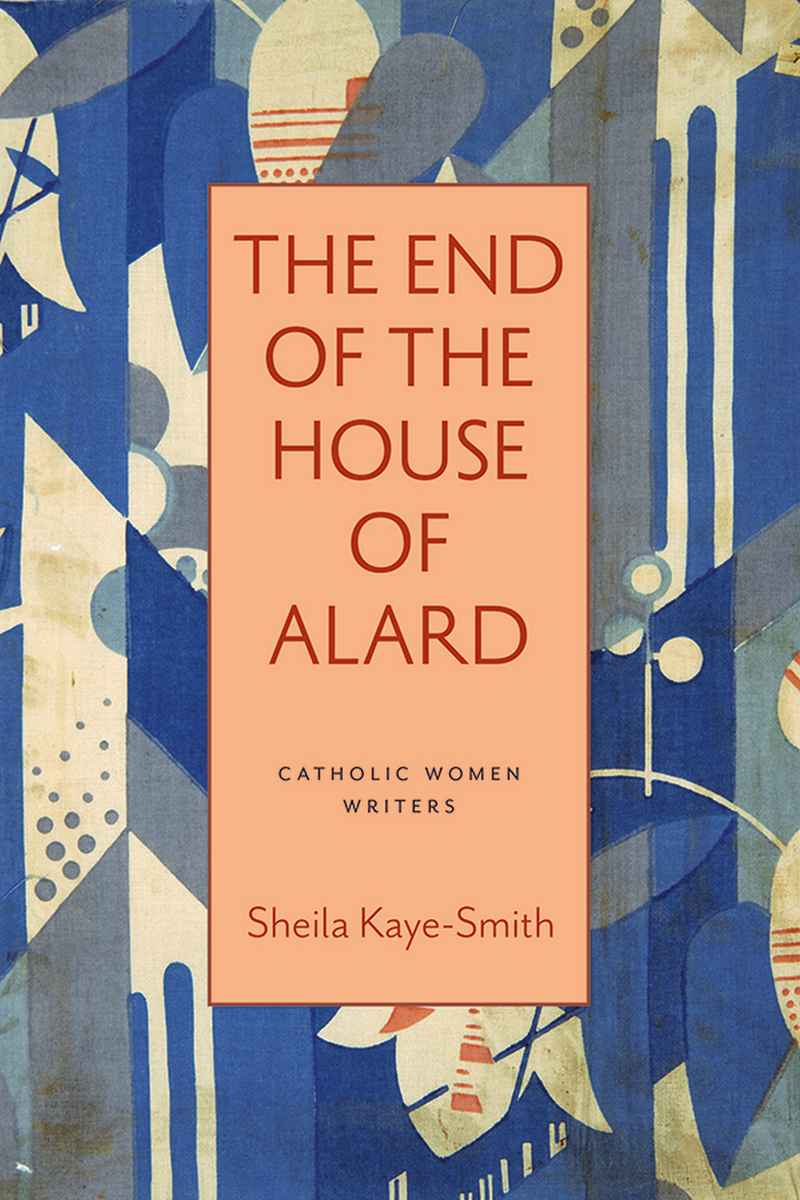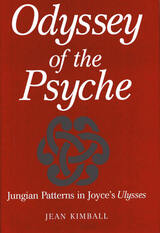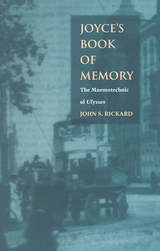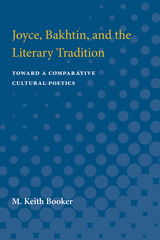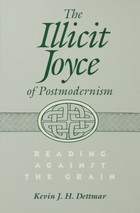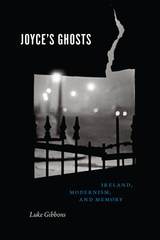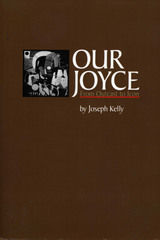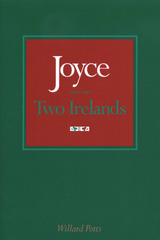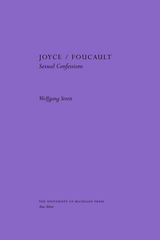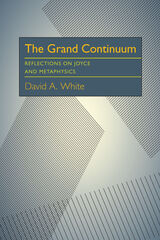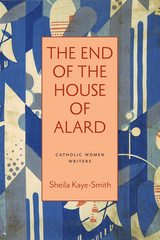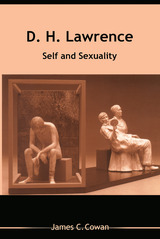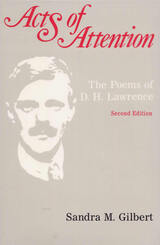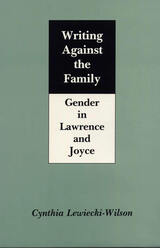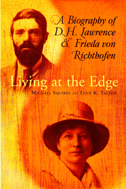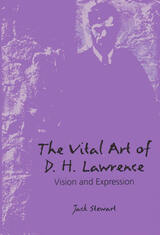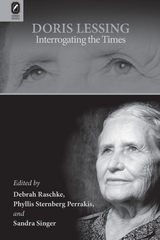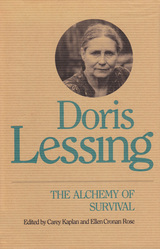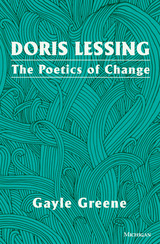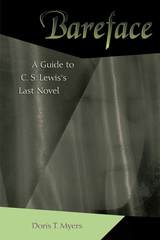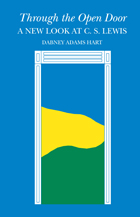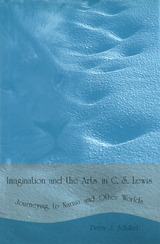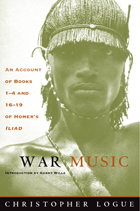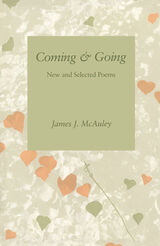The End of the House of Alard
Catholic University of America Press, 2022
Paper: 978-0-8132-3562-2 | eISBN: 978-0-8132-3563-9
Library of Congress Classification PR6021.A8E65 2022
Dewey Decimal Classification 823.912
Paper: 978-0-8132-3562-2 | eISBN: 978-0-8132-3563-9
Library of Congress Classification PR6021.A8E65 2022
Dewey Decimal Classification 823.912
ABOUT THIS BOOK | TOC
ABOUT THIS BOOK
The Catholic University of America Press is pleased to present the second volume in our Catholic Women Writers series, which will attempt to bring new attention to prose work of Catholic women writers from the 19th and 20th centuries. Sheila Kaye-Smith was a best selling author who had published over 50 books in her lifetime, few of which remain in print since her death in 1956.
The End of the House of Alard (1922) documents the choices made by the final generation of the aristocratic Alard family and the ways in which they, both willingly and reluctantly, bring the long line of their ancestral blood to a complete and sudden end. For some of them, the end of the Alard line is as painful to enact as it is for others to witness; for others it is welcomed as a necessary modernization or a true realignment toward religious integity and universal human truth. Some of the family's children yearn for individual liberty; others have it forced upon them. But none of them can find it under the burden of the Alard name and its crumbling estate. The End of the House of Alard is a novel about the human need for purpose, for a truth by which to live and for which to die. It is a novel about faith and idolatry, love and death, freedom and bondage, nature and grace. Put another way, it is about how human beings cannot escape the great challenge of salvation, of breaking free from false, man made gods in order to unite instead with the divine love of Christ. The novel's characters span a breadth of options on this spectrum and their various outlooks on life continue to reflect those available to us today.
The End of the House of Alard (1922) documents the choices made by the final generation of the aristocratic Alard family and the ways in which they, both willingly and reluctantly, bring the long line of their ancestral blood to a complete and sudden end. For some of them, the end of the Alard line is as painful to enact as it is for others to witness; for others it is welcomed as a necessary modernization or a true realignment toward religious integity and universal human truth. Some of the family's children yearn for individual liberty; others have it forced upon them. But none of them can find it under the burden of the Alard name and its crumbling estate. The End of the House of Alard is a novel about the human need for purpose, for a truth by which to live and for which to die. It is a novel about faith and idolatry, love and death, freedom and bondage, nature and grace. Put another way, it is about how human beings cannot escape the great challenge of salvation, of breaking free from false, man made gods in order to unite instead with the divine love of Christ. The novel's characters span a breadth of options on this spectrum and their various outlooks on life continue to reflect those available to us today.
See other books on: End | Johnson, Bonnie Lander | Literary | Meszaros, Julia | World Literature
See other titles from Catholic University of America Press
